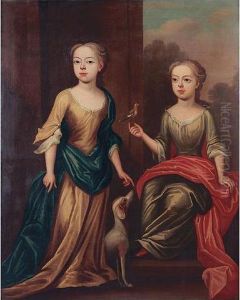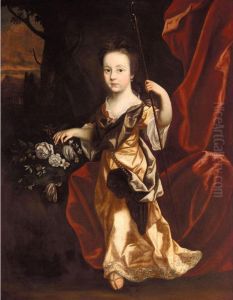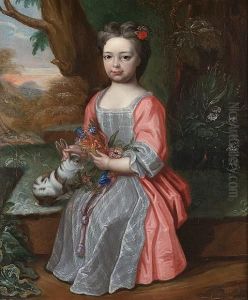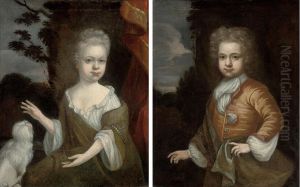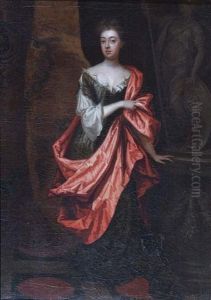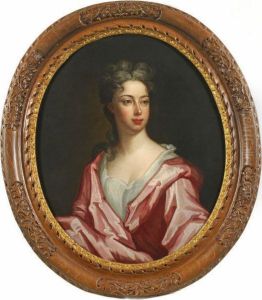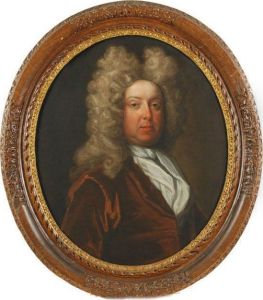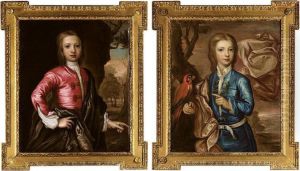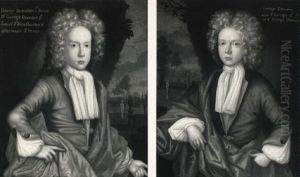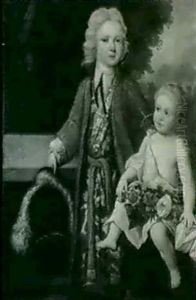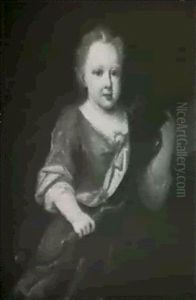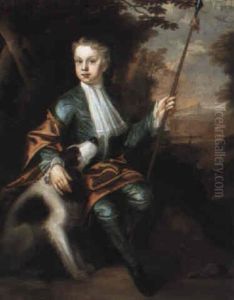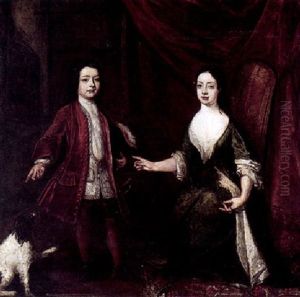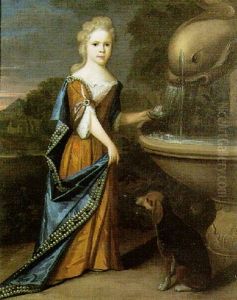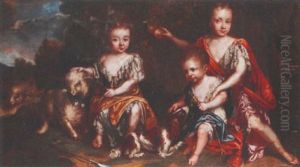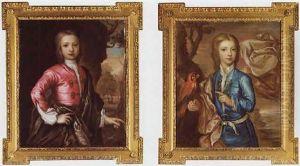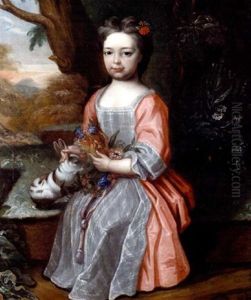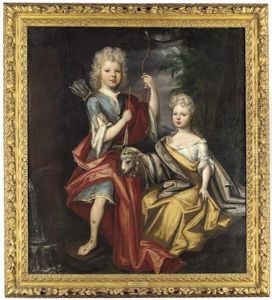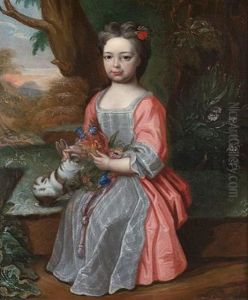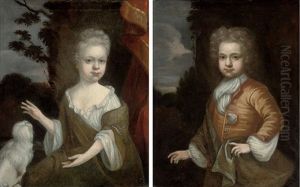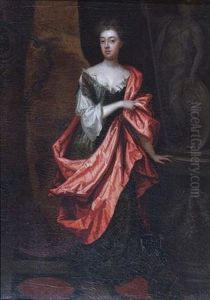Edward Byng Paintings
Edward Byng was a British artist known for his work as a copyist and restorer during the late 17th and early 18th centuries. Born in 1676, Byng's early life is not well-documented, but it is known that he became prominent in the art world for his skill in accurately replicating the works of others, as well as for his ability to restore paintings that had been damaged or had deteriorated over time.
Byng's career was closely associated with the British aristocracy and the demand for art among the wealthy and noble classes of the period. He worked on numerous significant collections, including those belonging to prominent families such as the Dukes of Devonshire and the Earls of Burlington. His role was particularly important in an era before mass production of images, when copies of famous works were the only way for many art collectors to acquire and display desired pieces.
Despite his success as a copyist and restorer, very little of Byng's original work has been identified, and as such, his reputation rests largely on the skill with which he replicated the works of others. Byng's copies were often so precise that distinguishing them from the originals could be very difficult. This level of skill ensured that he was consistently in demand, although it also means that his personal style and artistic contributions are less recognized in the annals of art history.
Edward Byng died in 1753. Although he may not be as well-known as some of his contemporaries, his work played an important role in the preservation and dissemination of art during his lifetime. Byng's legacy is reflected in the many paintings that still exist today because of his careful restoration work and in the copies that allowed wider audiences to appreciate masterpieces they might never have seen otherwise.
